If ∠ABC+∠DEF=180∘, name the pair of angles ∠ABC & ∠DEF
Adjacent Angles
Complementary Angles
Supplementary Angle
V.O.A
The correct Answer is:C
To solve the question, we need to identify the relationship between the two angles given that their sum is 180 degrees. Here's a step-by-step solution:
Step 1: Understand the Given Information
We are given two angles, angle ABC and angle DEF, such that:
angle ABC+angle DEF=180∘
Step 2: Identify the Types of Angle Relationships
We need to determine what type of angle pair angle ABC and angle DEF represent based on their sum.
Step 3: Analyze the Options
1. Adjacent Angles: These are angles that share a common side and a common vertex. Since we do not have information that these angles are adjacent, we cannot classify them as adjacent angles.
2. Complementary Angles: These are angles whose sum is 90 degrees. Since the sum of angle ABC and angle DEF is 180 degrees, they cannot be complementary.
3. Supplementary Angles: These are angles whose sum is 180 degrees. Since the sum of angle ABC and angle DEF is exactly 180 degrees, they fit this definition.
4. Vertically Opposite Angles: These angles are formed when two lines intersect, creating pairs of opposite angles. We do not have enough information to conclude that angle ABC and angle DEF are vertically opposite angles.
Step 4: Conclusion
Based on the analysis, since angle ABC and angle DEF add up to 180 degrees, we conclude that they are supplementary angles.
Final Answer
The pair of angles angle ABC and angle DEF are supplementary angles.
---
We are given two angles, angle ABC and angle DEF, such that:
angle ABC+angle DEF=180∘
We need to determine what type of angle pair angle ABC and angle DEF represent based on their sum.
1. Adjacent Angles: These are angles that share a common side and a common vertex. Since we do not have information that these angles are adjacent, we cannot classify them as adjacent angles.
2. Complementary Angles: These are angles whose sum is 90 degrees. Since the sum of angle ABC and angle DEF is 180 degrees, they cannot be complementary.
Based on the analysis, since angle ABC and angle DEF add up to 180 degrees, we conclude that they are supplementary angles.
The pair of angles angle ABC and angle DEF are supplementary angles.
Topper's Solved these Questions
- BOOK - CBSE COMPLEMENTARY MATERIALCHAPTER - LINES AND ANGLESEXERCISE - PART-B12videos
LINES AND ANGLES
- BOOK - CBSE COMPLEMENTARY MATERIALCHAPTER - LINES AND ANGLESEXERCISE - PART-C16videos
LINES AND ANGLES
- BOOK - CBSE COMPLEMENTARY MATERIALCHAPTER - LINEAR EQUATIONS IN TWO VARIABLES EXERCISE - PRACTICE TEST12videos
LINEAR EQUATIONS IN TWO VARIABLES
- BOOK - CBSE COMPLEMENTARY MATERIALCHAPTER - NUMBER SYSTEMSEXERCISE - Part - D18videos
NUMBER SYSTEMS
Similar Questions
ABCD is a cyclic quadrilateral, ABC is a minor arc and O is the center of the circle. If ∠AOC=160∘, then find ∠ABC.
The following are the steps involved in solving the above problem. Arrange them in sequential order:
A) We have, ∠ABC+∠ADC=180∘
B) ∠ABC+12∠AOC=180∘(∴∠ADC=12∠AOC)
C) ∠ABC=180∘−80∘
D) ∠ABC+160∘2=180∘
E) ∴∠ABC=100∘.
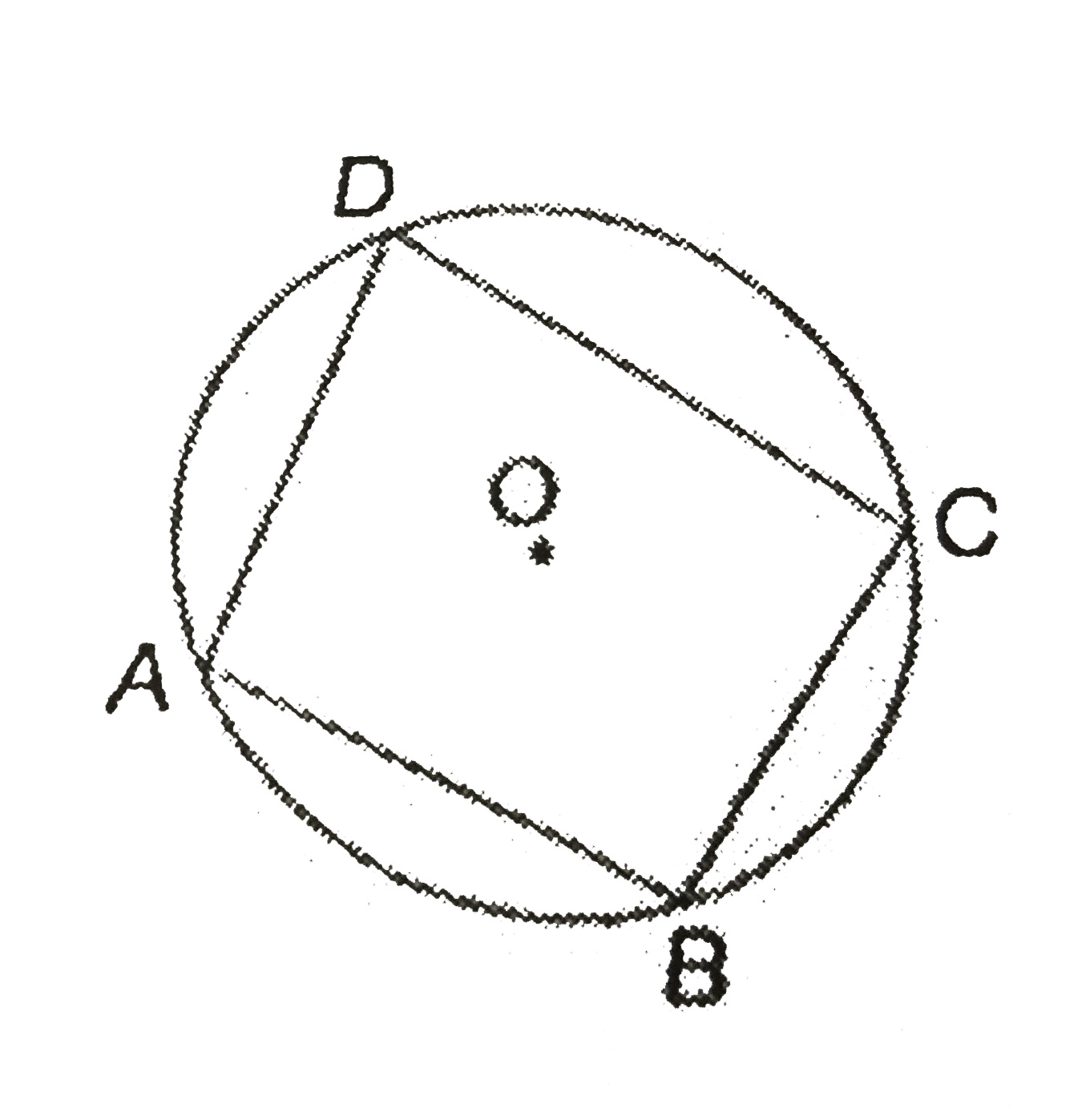 View Solution
View SolutionLet the triangles ABC and DEF be such that ∠ABC=∠DEF,∠ACB=∠DFEand∠BAC=∠EDF. Let L be the midpoint of BC and M be the midpoint of EF. Consider the following statements :
Statement I:
Triangles ABL and DEM are similar.
Statement II :
Triangle ALC is congruent to triangle DMF even if AC≠DF.
Which one of the following is correct in respect of the above statements?View Solution
Knowledge Check
- Question 1 - Select One
∠ABC is equal to
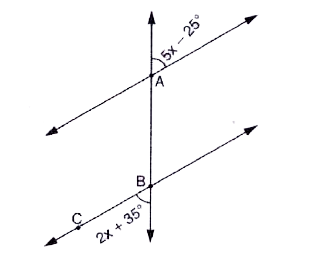 A75∘B105∘C115∘D85∘
A75∘B105∘C115∘D85∘ - Question 2 - Select One
In the following figure ∠B=70∘ and ∠C=30∘.BOandCO are the angle bisectors of ∠ABCand∠ACB. Find the value of ∠BOC:
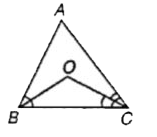 A30∘B40∘C120∘D130∘
A30∘B40∘C120∘D130∘ - Question 3 - Select One
∠ABC and ∠ABD form a linear pair. If ∠ABC=30∘, then ∠ABD=...........
A30∘B60∘C150∘D15∘
Ray EX is the bisector of ∠DEF and ray EY is the bisector of ∠DEX. If ∠DEX=42∘, then find ∠YEF and ∠DEF.
View SolutionIn the adjoining figure, O is the centre of the circle. If ∠AOB=150∘ and ∠BOC=100∘, then find the value of ∠ABC.
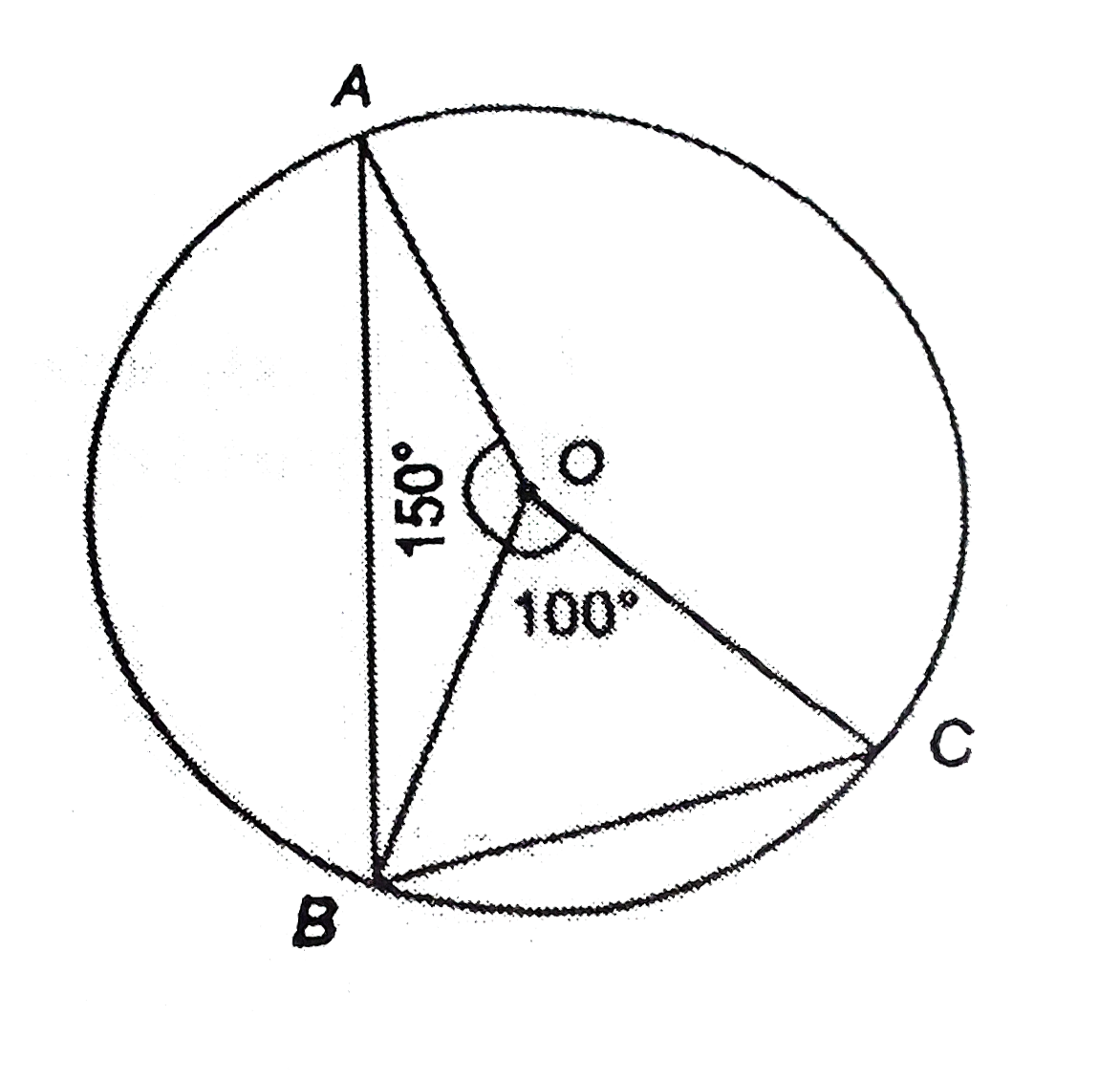 View Solution
View SolutionIn given figure ∠ABC=∠ACBand∠3=∠4
Show that ∠1=∠2
 View Solution
View SolutionGiven that AB|| DE, ∠ABC=115∘,∠CDE=140∘ what is the value ∠BCD
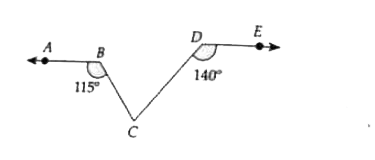 View Solution
View SolutionIn the given figure, the value of ∠ABC is
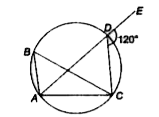 View Solution
View Solution

